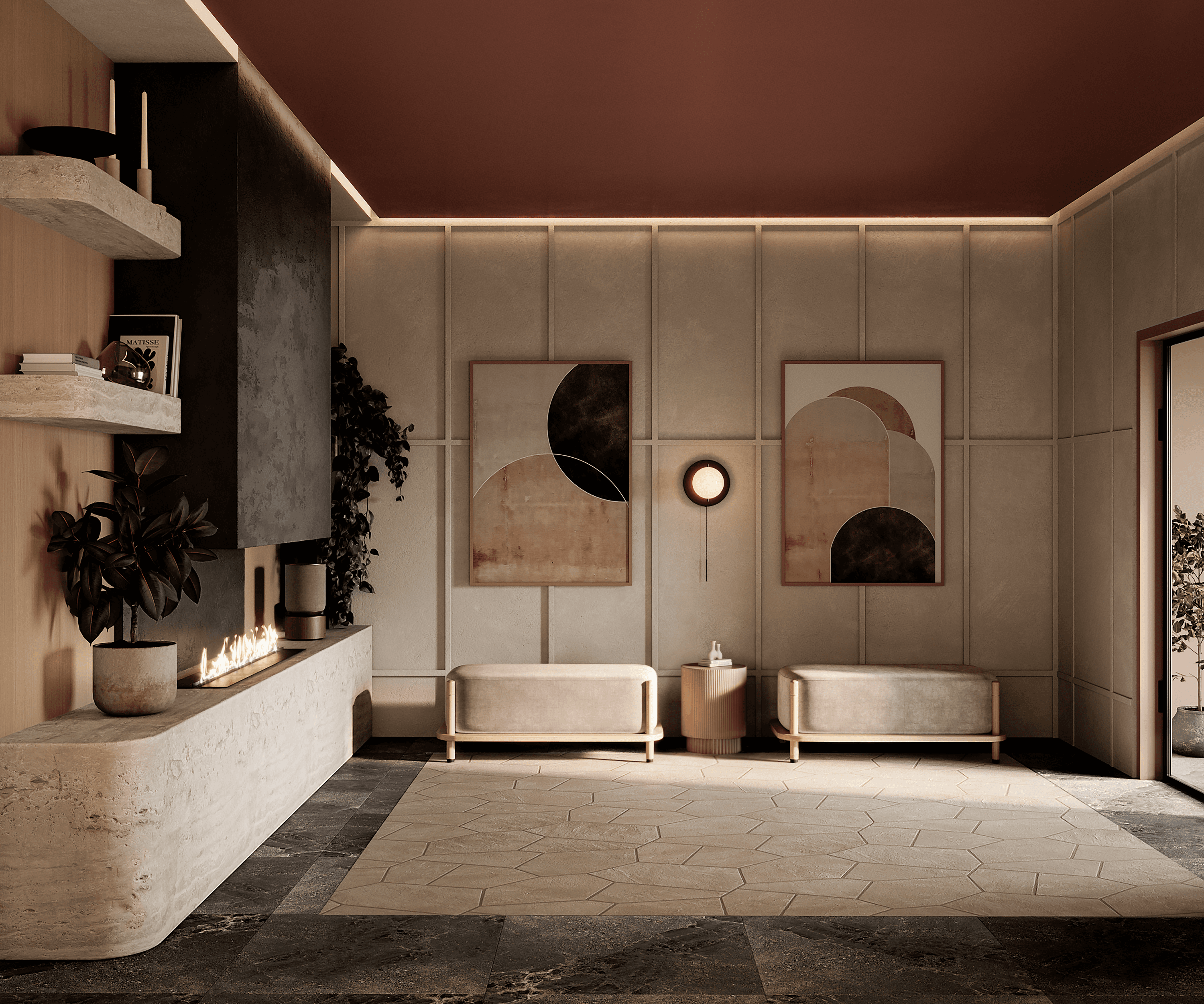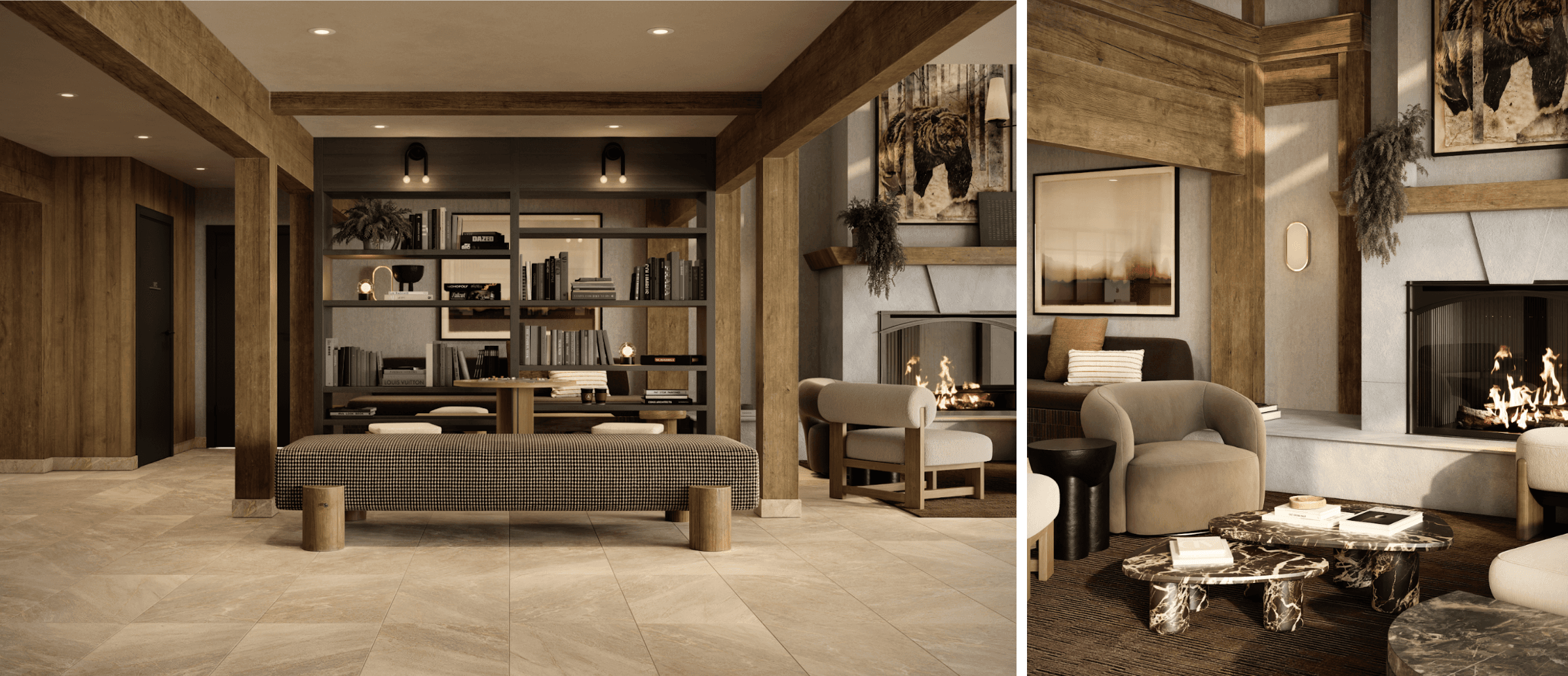It’s a frustrating reality: you can be ecstatic about a potential project, but your client just can’t picture it. Maybe they nod politely. Maybe they squint. Maybe they ghost. This is where renderings come in. Ideally, ones that speak their visual language fluently enough to move the conversation forward, not stall it.
So you pull out your best tool: a photorealistic render that shows every detail from grainy oak floors to the angle of morning light through the blinds. It’s gorgeous. It's flawless. And then... silence.
Here’s the thing no one likes to say out loud in our field: visual realism doesn’t always land. But when it does, it scores.
Context Matters More Than Your Rendering Software
Let’s get something obvious out of the way first: people are visual creatures. The brain's visual cortex, the part that processes what we see, is primarily involved in decision-making. A Michigan State University study showed that our brains don’t just process images passively. They judge, choose, and act on what they see, sometimes before we're even conscious of it.
But what does that part of the brain want to see? That’s highly contextual.
Take two clients. One runs a boutique hotel in the Canadian Rockies. The other is opening a ceramics studio in Tokyo. Both need commercial spaces visualized. But the first wants a guest to feel transported to an imagine of them sipping coffee by the fire. The second? They want flexibility, room to explore, and probably don't want to be boxed in by the color of grout on a bathroom floor that isn’t built yet.
Both are paying you to help them decide. But they’re not asking for the same visual language.

First Things First, Who's Your Client?
Let’s get oddly specific.
Client A is a midwestern developer with a sales team breathing down his neck. He wants to know how the flooring will photograph for early listings. He will zoom in on the countertops and ask you about the reflectivity.
Client B is a design-forward café owner from Lisbon who loves vintage textiles and natural light. She doesn't want to see your technical modeling magic. To put it simply, she wants to feel mood.
Client C is a hotelier in Hokkaido working on a wellness retreat. He will ask if the shadows in the render reflect 3 p.m. winter light. And he’s not joking.
Yes, the insight here is obvious: different clients want different things. But here’s the twist: when you figure out what they actually need to see to make a decision, you stop rendering for approval and start rendering for impact.
Our Studio's Take: What We Learned From the Kenrick Hotel
When Eight Station took on the Kenrick Hotel in Banff, we weren’t just showing beds, walls, and sconces. We were creating a story guests could walk into before it existed. That meant building 64 renders and a 90-second animation that weren’t just “accurate,” they were emotive.

Why? Because the Kenrick team knew their future guests would book not based on floor plans, but on feeling. The warmth of the timber. The flicker of firelight. The suggestion of snowfall outside. Surprisingly, we were not focusing on architectural features, we worked with the narrative triggers.
And guess what? Bookings rolled in months before finishing construction.
The Takeaway: Realism Isn't the Goal. Resonance Is.
We love realism. We built a studio around it. But the question isn’t “Should we go photoreal?”
It’s “What do they need to feel to say yes?”
So here’s an improvised checklist to keep you grounded:
Who is your client culturally and professionally?
Are they trying to sell, be sold to, or emotionally align?
Will hyper-real visuals clarify or corner their imagination?
Sometimes, a shadowy concept sketch gives space to dream. Sometimes, a glass reflection at golden hour seals the deal.
Know your context. Then render accordingly.

